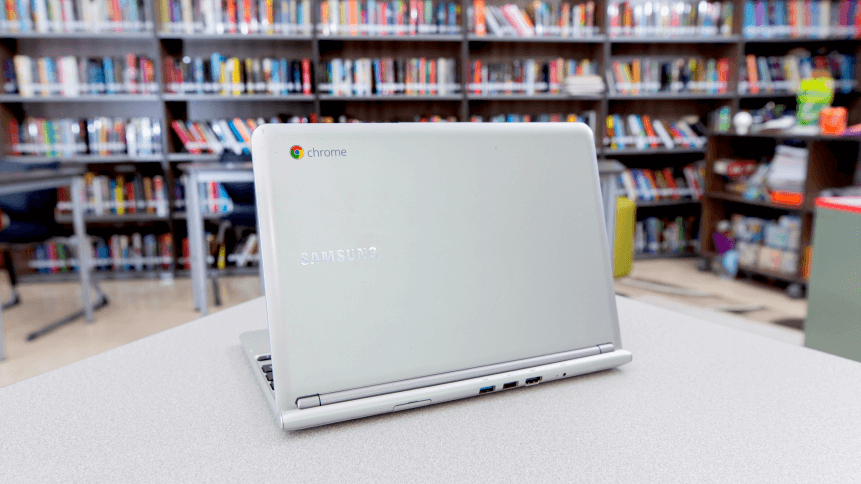Is 2020 the year of the Chromebook?

Many of us live in the browser these days — at least, those of us who can take our work ‘home’ with us without much difficulty.
In an era of remote work, which is unanimously agreed to be segueing into one of flexible working when the demands of a global pandemic are behind us, the ‘notebook’ is about the most practical device we could use for work.
Dependent on nothing more than a good internet connection, the notebook is a relatively low-cost (not to say, cheap) option for employers. It’s light, quick to boot-up, and perfectly designed for an age of cloud-tethered working.
Queen of these is the Chromebook. And if evidence were needed how much the device fits into a world of ‘where the hell am I going to be working in two month’s time?’, Google shipped 11.6 million units in Q2, representing a historical high for a single quarter and 25% of total notebook shipments.
Much of this spike in popularity is down to the rise of distance learning in the education sector, which continues to be a primary market for Chromebooks, given their cost and functionality. In addition to this objective demand in the education sector, notebook brands — facing disruption in the Chinese supply chain — began ramping up their orders for Chromebooks over more expensive Windows notebooks.
Both the US and Japan treat Chromebooks as the key device in their remote learning policies in the K12 sector. Even before the pandemic, DigiTimes predicted that “[…] shipments of Chrome OS-based computing device[s] [will] surpass those of Windows-based one[s] in the global education sector in 2020.”
But while education is a driving force for Chromebook sales, the workforce going and staying remote could secure staple-status for most white-collar organizations amid the accelerated digitization taking place across a broad range of industries.
Chromebooks for the enterprise
Working on the internet has become the norm, and Chrome OS is purpose-built to run cloud-based applications.
Gunning for a wider market share, Google recently rolled out features to make it easier for IT managers to implement the Chrome OS to their workforce.
Those included a color-coded readiness tool to establish which applications are ready to go on Chrome OS. At the same time, certain applications like Zoom and Salesforce have been certified to work well on Chrome. On top of that, an increasing number of Chrome web apps and extensions also work offline and will sync all data back to the cloud when you get connected again.
The company also made a tool called Parallels available for Chrome OS, enabling companies dependent on Windows applications to run them natively in Windows in a virtual machine.
Meanwhile, the company is making “zero-touch” configurations possible, where the devices are enrolled by the manufacturers with the correct domain, settings, policies, applications, and certifications and drop-shipped directly to the user, as though it’s been set up by the organization’s IT department.
Arming a workforce with $200 Chromebooks can also help protect the business from the rise of opportunistic cyberthreats targeting distributed workforces.
IT admins can manage devices and users of the business from home with the Google Admin console. This allows them to enforce policies such as MFA, configure device settings, and force install apps and extensions where needed.
Quick and flexible in setting up, secure, low-cost, and able to be managed centrally; for cloud-centric organizations eyeing a flexible working policy in the years to come, Chromebooks could become the standardized device for most employees whose work is dependent, pretty much, on accessing cloud-based applications.










